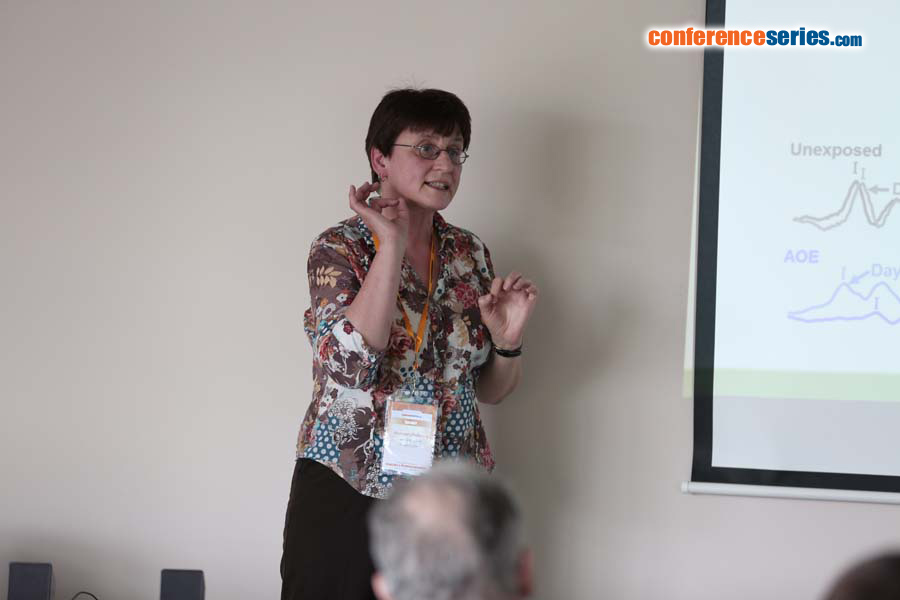
Martine Hamann
University of Leicester, United Kingdom
Title: Identification of microRNAs signature and signalling pathway targets in an animal model of tinnitus
Biography
Biography: Martine Hamann
Abstract
Tinnitus, the pathological percept of phantom sound, is a highly prevalent disorder, affecting 10 to 15% of the population worldwide. Tinnitus can be triggered by prolonged exposure to loud noise damaging cochlear hair cells and introducing excitability changes in the auditory brainstem. There is no sensitive biomarker for diagnosis or early detection of tinnitus. MicroRNAs are approximately 22-nt RNA segments that are involved in the regulation of protein expression primarily by binding to one or more target sites on an mRNA transcript and inhibiting translation. MicroRNAs are highly stable and have been recently described as powerful biomarkers in a wide range of diseases. The study aims at identifying microRNAs present during tinnitus, assessed in CBA mice using the gap-prepulse inhibition of the acoustic startle reflex, a broadly applied paradigm to study changes in neural processing related to tinnitus. We demonstrate selective gap detection deficits in CBA mice 3-4 weeks following acoustic over-exposure and identify specific modulation of microRNA levels in the brainstem and blood in those tinnitus positive CBA mice. Using the database DIANA-TarBase v7.0 (1), we show that most regulated microRNAs (e.g. miR-128-3p, miR-140-5p, miR-151-5p and miR-204-5p) are involved in fatty acid metabolism and steroid signaling. The present results have important implications toward understanding tinnitus pathophysiology and designing novel pharmacotherapies targeting the function of those microRNAs.




